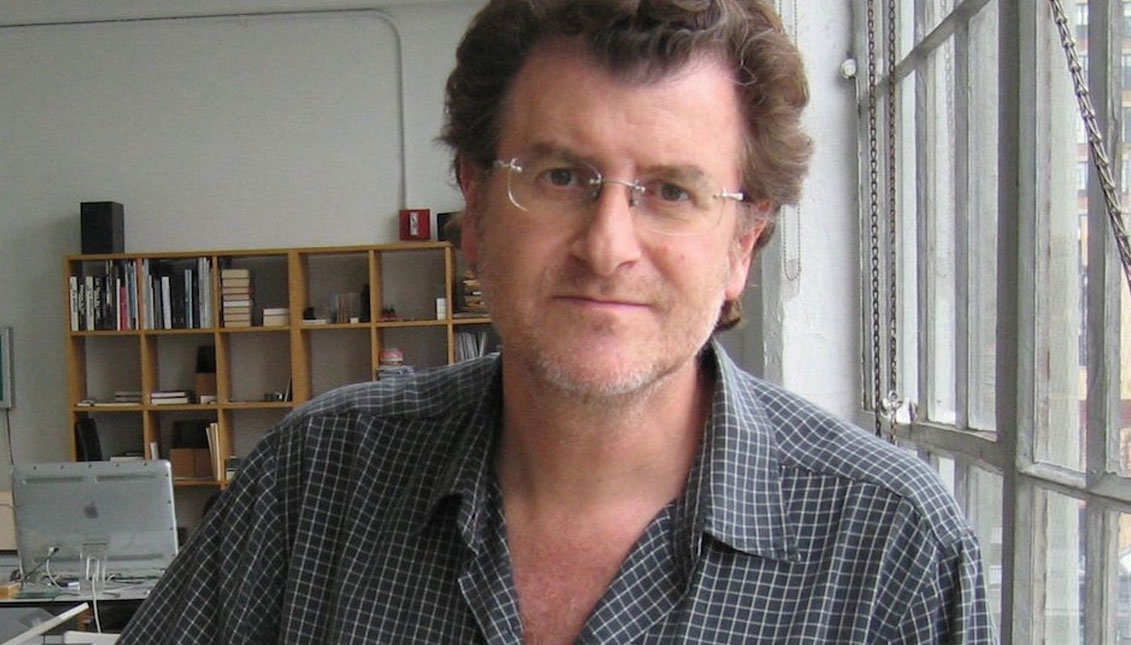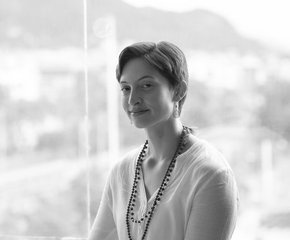
Can you separate news from art? Chilean artist Alfredo Jaar believes not.
Alfredo Jaar's new piece is a mourning of the mass graves made in New York as a result of the COVID-19 pandemic.
In the second week of April, as the coronavirus pandemic hit New York, chilling images of the mass grave being used to bury dozens of human bodies were made public.
Hart Island was already the usual burial site for unidentified bodies, which no one claimed or whose families could not afford to bury.
As reported by Al Jazeera at the time, the usual activity of the camp reached 25 burials per week, but by April that number of dead were being buried per day, without any ceremony, without a name and without a minute of silence.
This work, moreover, was being carried out by prisoners, most likely black - like most of the country's imprisoned population - who were burying people who were probably black or Latino - the two groups that suffered the strongest blows of the pandemic.
These inmates would be paid pennies an hour for the work: a still-present sequel to slavery.
The outlook couldn't get any gloomier and called for a mourning.
Alfredo Jaar has followed the news and worked from them to make his artistic work throughout his career. In the mid-90s, for example, he was subscribed to 79 newspapers and magazines. This made him aware of the 1994 genocide in Rwanda and traveled there to record it.
RELATED CONTENT
The result was his work Hágase la luz (Let there be light). Project Rwanda 1994-1998, one of his most memorable exhibitions.
This time, his intervention on the images of Hart Island is more reminiscent of what is lachrymose in Christian requiems: crying.
Jaar took the video published by the BBC, slowed it down and added a piece by Tunisian lute player Anouar Brahem. The piece was entitled Between the Heavens and Me.
Alfredo Jaar's video has not yet been made public, but the proposal promises to be a moment of recollection and mourning that is not only very necessary now, as each person accepts the losses that have come to them because of the pandemic, takes care of a sick loved one or tries to recover, but will certainly be an image that we will return to in the years to come, when we look back and try to make sense of this historical moment.
Culture, once again, will give us tools and comfort to think about the world.











LEAVE A COMMENT:
Join the discussion! Leave a comment.